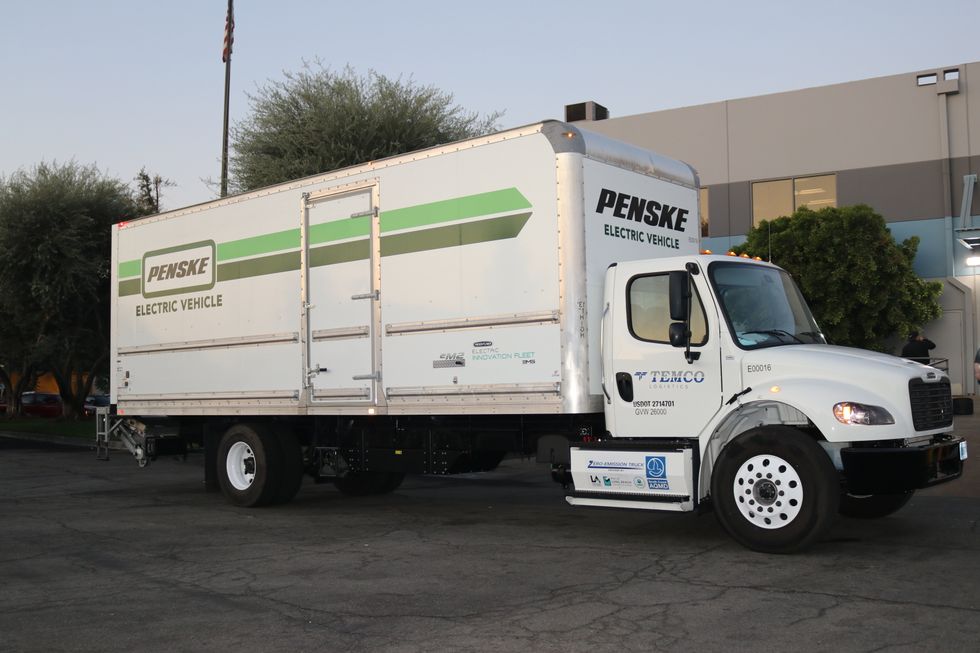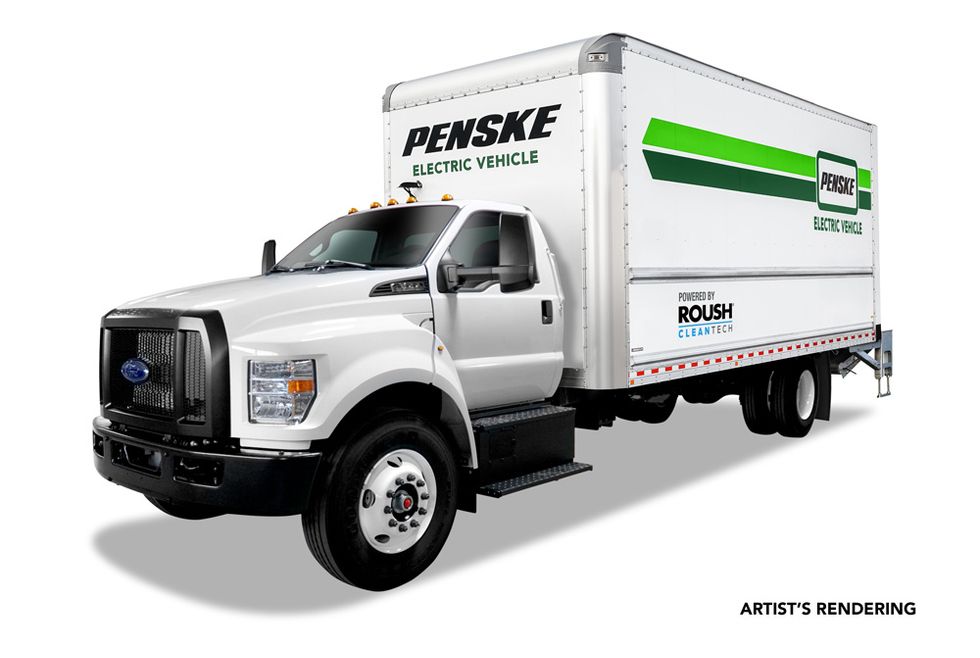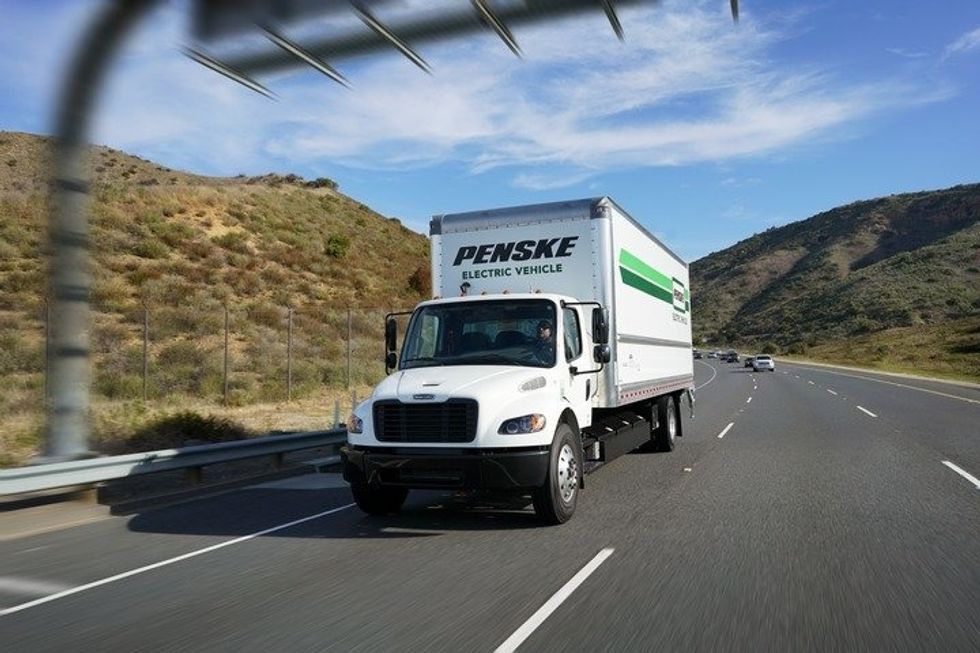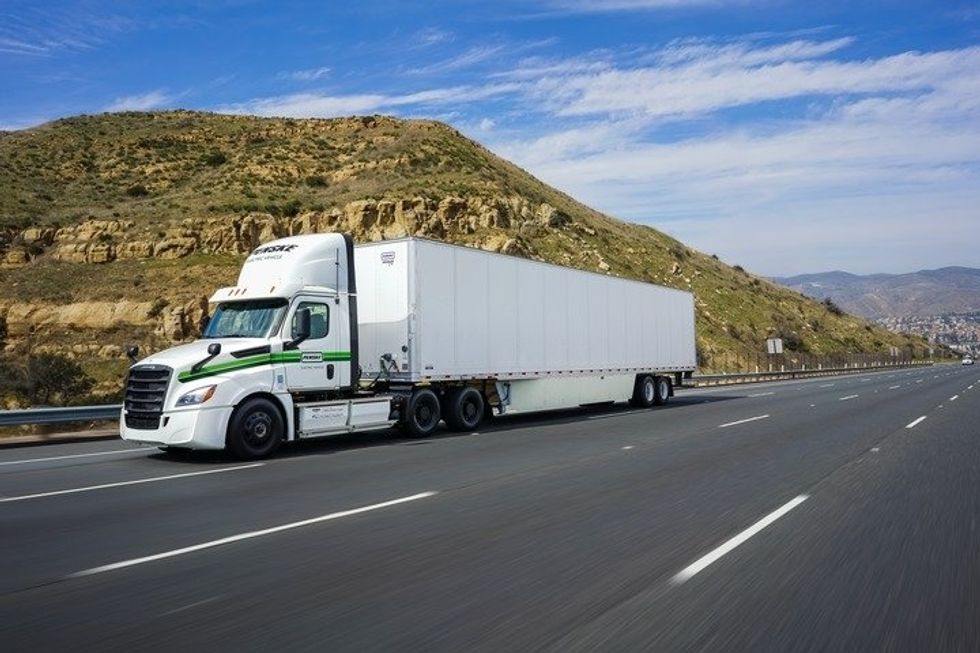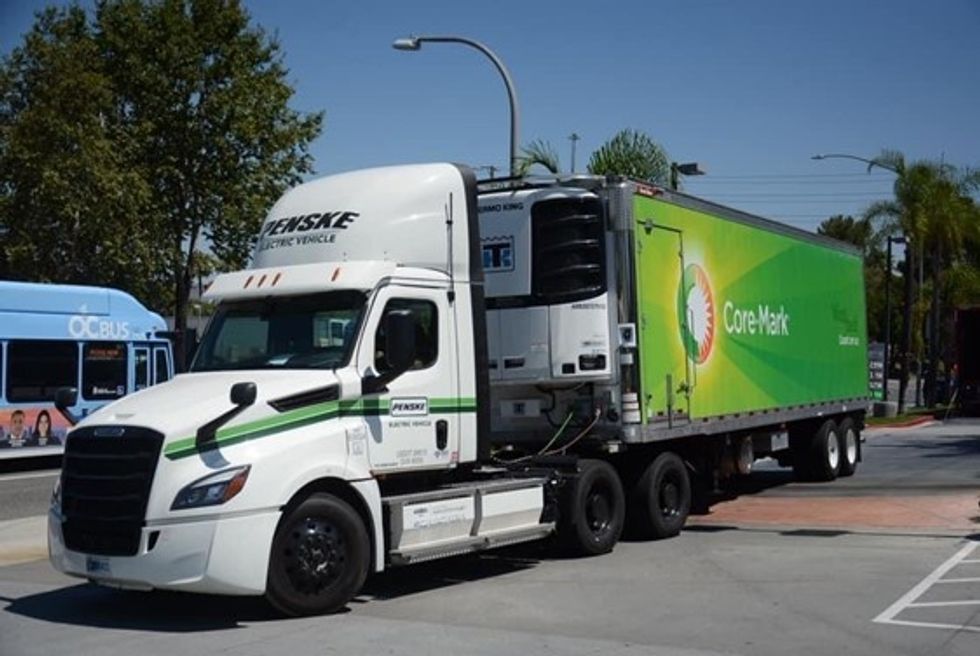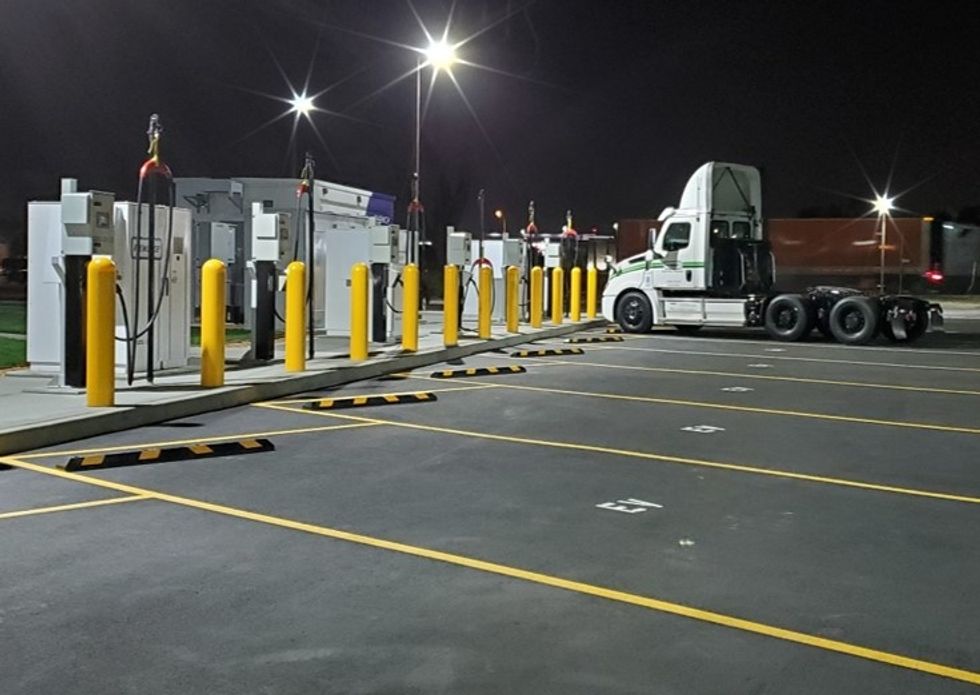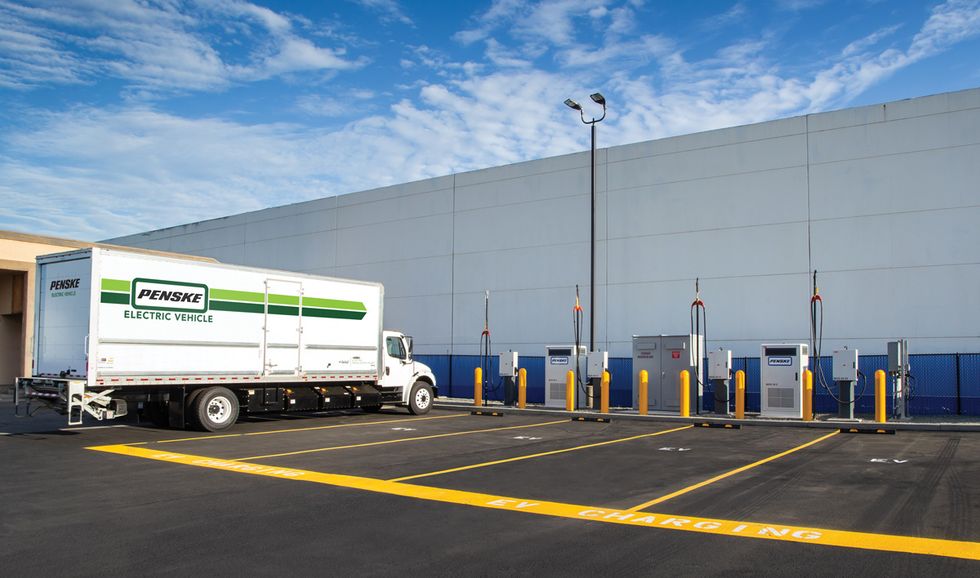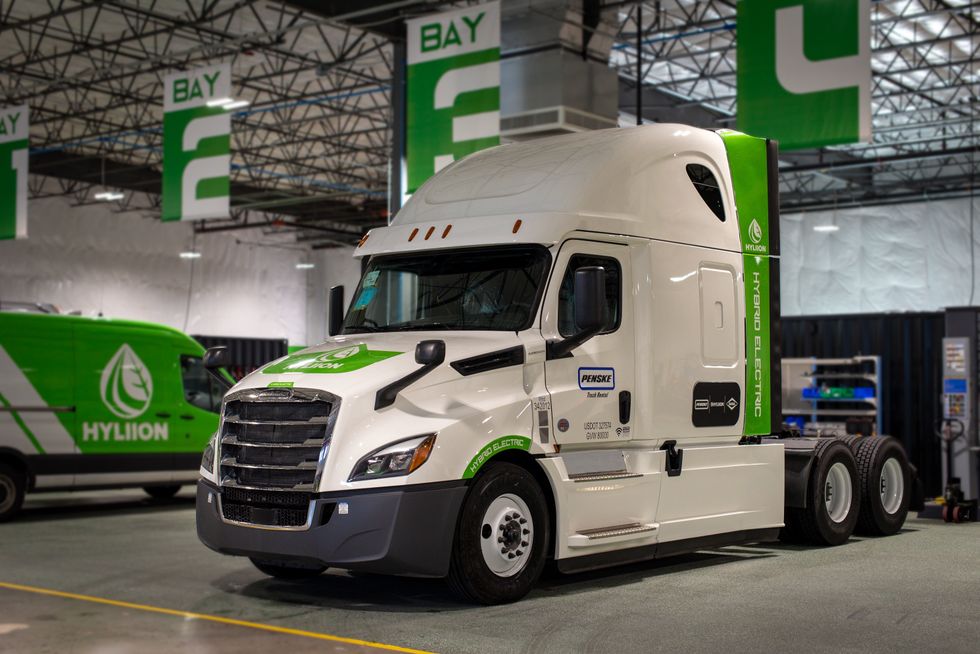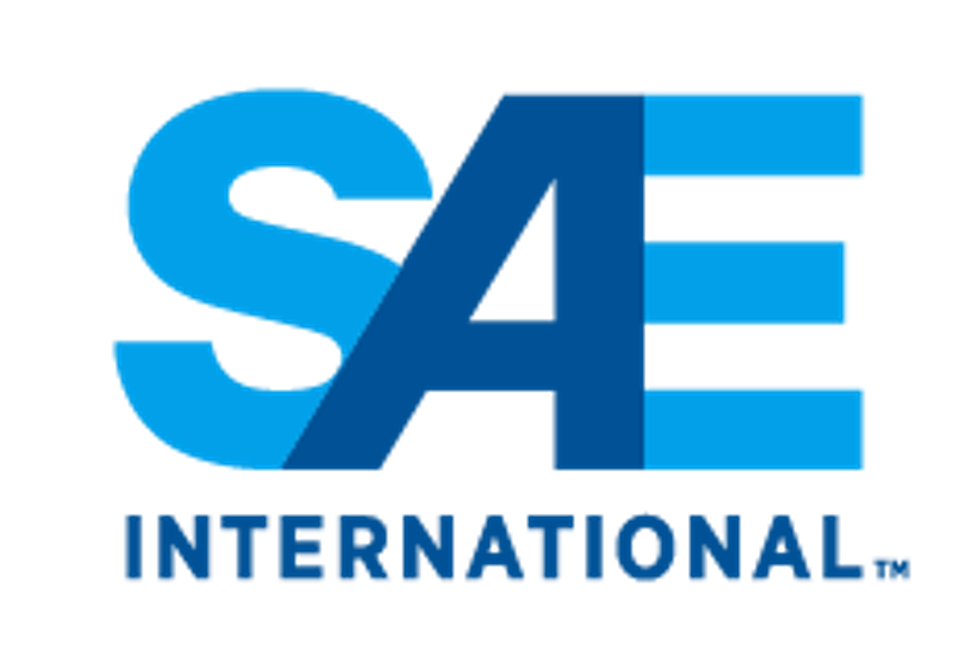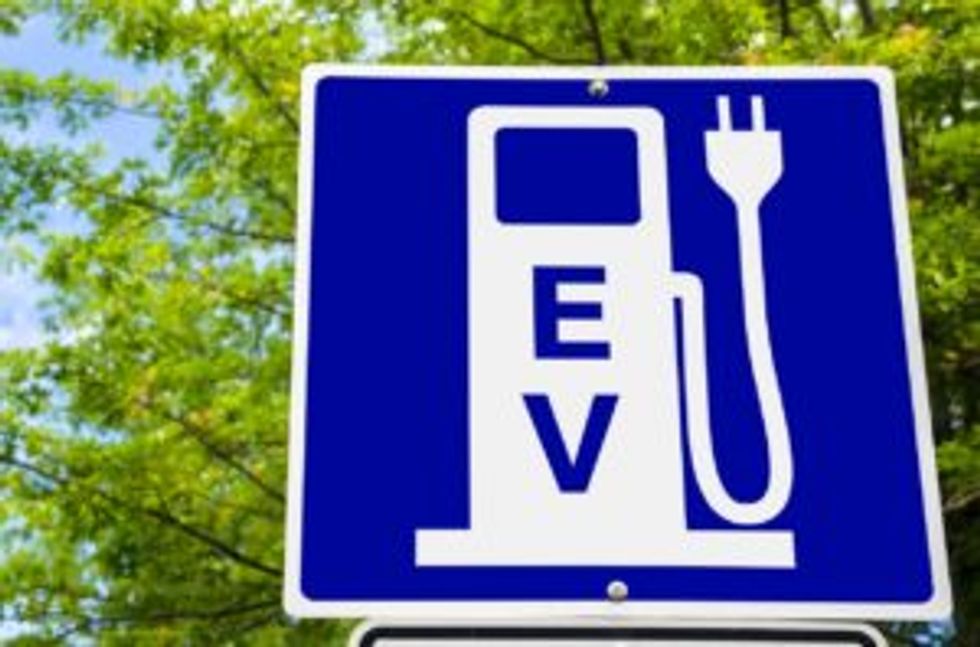The Path to EV Adoption Starts With Penske
Battery electric vehicle (BEV) technology has continued to develop and is a growing alternative to traditional diesel and other alternative powertrains in certain applications. The 2023 State of Sustainable Fleets report found that interest in BEVs has spread across medium- and heavy-duty fleets and has attracted more attention than other clean drivetrains.
Publicly announced orders of over-the-road Class 2-8 BEVs rose 640%, from 4,500 in 2021 to more than 33,000 in 2022, according to the report, which was prepared by California-based clean technology consulting firm Gladstein, Neandross & Associates (GNA) and sponsored by Penske.
There are various paths to EV adoption, and Penske Truck Leasing is closely monitoring new developments and helping companies transition and integrate BEV technology where it makes sense.
Currently, the Penske Truck Leasing EV Evaluation Fleet includes vehicles such as the Freightliner eCascadia (Class 8), Freightliner eM2 (Class 6 and 7), Volvo VNR electric tractor (Class 8), International® eMV™ (Class 6 and 7), Ford E-Transit (Class 2), Orange EV e-Triever electric terminal truck (Class 8 yard tractor), Freightliner Custom Chassis MT50e walk-in (Class 5 and 6), and XOS walk-in (Class 6).
Identifying Entry Points
While Class 8 trucks often get a lot of attention, the logical place for many fleets to start is light- and medium-duty equipment. They typically travel shorter distances than heavy-duty equipment, which enables them to finish their routes on one charge, return to their base and recharge overnight.
“The marketplace in these shorter-haul, return-to-base operations are ready today to electrify, and the industry should work together as one to amplify and realize the benefits while mitigating challenges and risks urgently,” said Mike Roeth, executive director of the North American Council for Freight Efficiency (NACFE).
Yard tractors also present an ideal entry point for fleets looking to embrace BEV technology. Like lighter-duty vehicles, they travel fewer miles and return to base at night. “We acknowledge that electrification can be difficult, especially in the Class 8 market,” Roeth said. “But right now, the electrification of terminal tractors makes sense and is a good place for fleets to begin their electrification journey.”
With yard tractors, there are also opportunities for drivers to charge while they’re on breaks, said Kevin Otto, the electrification technical lead for the North American Council for Freight Efficiency (NACFE) and the lead author of NACFE’s report Electric Trucks Have Arrived: The Use Case for Terminal Tractors.
GNA said record deployments of battery-electric yard trucks may be on the horizon as manufacturers work through backlog and production bottlenecks. Yard truck orders tripled in 2022, exceeding 600 new units ordered and due for delivery in the next few years.
Accessing Charging Infrastructure
One of the top concerns related to BEV adoption is the availability of charging stations. Penske can work with customers to identify charging needs at their location and help determine the best way to energize it. As part of the process, Penske looks not only at the BEVs customers want to adopt today, but also at what they may want to have in the future.
Additionally, Penske has created a network of heavy-duty electric high-speed charging stations in Southern California and is committed to building the infrastructure needed to encourage broader adoption of electric delivery trucks and other BEVs.
Looking Ahead
The adoption of BEVs and alternative drivetrains is expected to continue to grow. The State of Sustainable Fleets report noted that 75% of fleets that have never used leading clean drivetrain technologies plan to increase use in the next five years, a first in survey results. Fleets said that growing public incentives and regulatory mandates are their top two reasons to begin planning for use.
While diesel will remain relevant for years to come, several manufacturers have announced plans to ultimately sunset diesel development, GNA reported. At the same time, the adoption of state-level ZEV mandates will continue to expand. A memorandum of understanding (MOU) signed by 17 states and the District of Columbia set a goal of reaching 100% ZE sales for medium-duty and heavy-duty vehicles by 2050.
Learn More
Penske Truck Leasing has been operating, supporting and maintaining alternative-fueled vehicle fleets for more than 30 years and can help fleets take advantage of the opportunities BEVs offer.
To find the best options, contact us at 844-847-9575.

